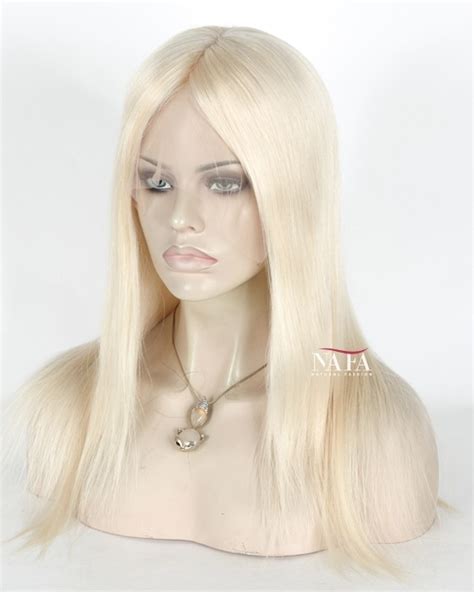Wigs have become increasingly popular among white females in recent years, offering a versatile and convenient way to transform their look. From enhancing natural hair to creating dramatic new styles, wigs provide endless possibilities for self-expression.

Understanding the Market
According to a study by the American Hair Loss Association, over 30 million women in the United States experience some form of hair loss. Of these, approximately 20% opt for wigs as a solution. This growing demand has led to a surge in the wig industry, with numerous manufacturers and brands catering specifically to the needs of white females.
Types of Wigs
Wigs come in various types, each with its unique advantages and disadvantages:
| Type | Description | Pros | Cons |
|---|---|---|---|
| Human Hair Wigs | Made from real human hair | Realistic appearance, soft and comfortable feel | Expensive, require regular maintenance |
| Synthetic Hair Wigs | Made from synthetic fibers | Affordable, easy to maintain | Less natural-looking, can be prone to tangling |
| Lace Front Wigs | Feature a lace front that mimics the natural hairline | Undetectable appearance, versatile styling options | Delicate, require professional installation |
| Mono Top Wigs | Have a monofilament base that creates the illusion of a natural scalp | Breathable, comfortable to wear | Can be expensive, limited styling options |
| Custom Wigs | Made according to individual specifications | Perfect fit, personalized design | Time-consuming to create, costly |
Choosing the Right Wig
Selecting the right wig depends on several factors, including:
- Hair Type: Match the wig texture to your natural hair or desired look.
- Color: Choose a color that complements your skin tone and eye color.
- Length and Style: Consider your desired length and style, both in terms of your face shape and lifestyle.
- Cap Size: Ensure the wig fits snugly and securely on your head.
- Budget: Wigs vary in price depending on the type, quality, and customization level.
Wig Maintenance and Care
Proper maintenance is essential to prolong the life and beauty of your wig:
- Regular Brushing: Brush the wig gently using a wig brush or comb to prevent tangles.
- Washing: Wash the wig using specific wig shampoo and conditioner formulated for the type of hair.
- Drying: Allow the wig to air dry on a wig stand or use a blow dryer on a low heat setting.
- Storage: Store the wig in a cool, dry place, protected from dust and sunlight.
Wig-Wearing Tips
To achieve a natural and comfortable fit, follow these tips:
- Secure the Wig: Use wig clips or an adjustable band to ensure the wig stays securely in place.
- Trim the Lace: If necessary, trim the lace around the front of the wig to create a seamless transition with your natural hairline.
- Blend the Bangs: Style the bangs to blend with your natural hair or create a desired shape.
- Accessorize: Add accessories such as a headband or scarf to complete your look.
Conclusion
Wigs offer white females a transformative tool to express their individuality and enhance their appearance. By understanding the different types of wigs, choosing the right one for their needs, and following proper maintenance and care guidelines, they can enjoy beautiful and versatile hairstyles for years to come.
Additional Features:
- Step-by-Step Guide: A detailed guide on how to put on and style a wig.
- Customer Testimonials: Real-life experiences and reviews from white females who have used wigs.
- Frequently Asked Questions: Answers to common questions about wig usage, maintenance, and purchasing.
- Glossary of Wig Terms: A comprehensive list of terminologies related to wigs.
